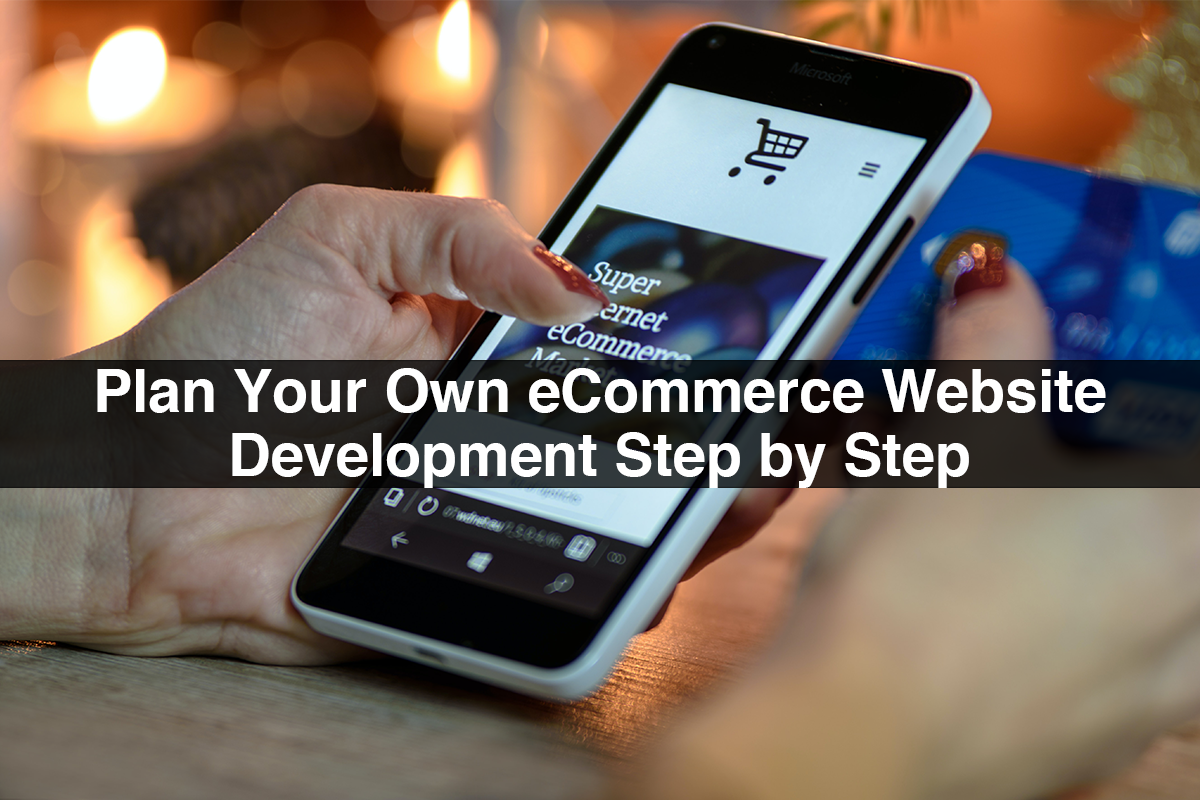Plan Your Own eCommerce Website Development Step by Step
A lot of people dream of a business, but before the web, actually starting a business was a tough prospect. Now, develop an eCommerce website and selling products online can be achieved by anyone with time and gumption. Develop a business of any kind is a chore. Coming up with your product idea, and finding or creating your own products is a great first step to take. But the work of develop a website itself can be done within a day or two.
Ecommerce website development
Subscribe to domain name
A domain name is part of the URL that contains your business name. It is important to have a good domain name as it builds brand trust with your customer.
Country code
Choosing the right country code is important. If you plan to sell your product to overseas customers only, use the dot com domain. If you sell to a particular region, you can use their codes.
No brand names
Avoid using a brand or product name in the URL as it may land you in legal trouble.
Unique
The domain name should be different, but not so strange that people find it difficult to search the search engine.
Add a keyword
For a domain name, add a name that is relevant to your business. Keyword will help you to rank higher in search engines which will eventually get you more traffic and sales.
Why use these tools to develop your website?
A developer can create a website from scratch using coding and editing. It will take time, but the result is good. So, why use these tools?
- These website-building tools host your site online.
- Assists you in purchasing a domain name.
- They are safe and have certificates proving that. It helps to keep the payment flow and customer information secure.
- Monitor your site continuously for optimal performance.
Tests and launches your eCommerce platform
The next section of your eCommerce website development explores all the features and ensures you launch a well-functioning online store that includes.
- Roaming experience.
- The process of browsing online.
- Site security level and financial transactions.
- Application of tracking codes and discount coupons.
- Integration rate for custom extensions and additional features.
Decide your eCommerce business model
There are several types of eCommerce business types available, but the 2 main categories are business to business (B2B) and business to consumer (B2C), knowing the difference and knowing where your eCommerce business falls is important.
Consumer business (B2C)
Most of the online stores we work with are business to the buyer (B2C). Whenever we click that payment button, we complete the purchase on the B2C website. The materials or services on the B2C website are sold directly from businesses to the general public, without any third party involved.
Business to business (B2B)
Business to business, as the name implies, businesses sell to other businesses. These are companies that can do something, become a retailer, or provide services and products within a particular sector.
eCommerce website costs less than the storefront
- Rent a place.
- Salary of store staff during working hours.
- Appropriate licenses and permits.
- Utility bills.
- Furniture and decorations.
- develop maintenance.
- Cleaning supplies.
- Sales of items such as a sales plan and cash registers.
Write functional product descriptions
It highlights the features of the item and the benefits of using it. It gives a person all the guidance he needs to make that important decision to add to his cart. Yes, product descriptions need to be detailed and specific, but they need more than just a dry repetition of details.
Upgrading your online eCommerce store
The Ecommerce website development process will end after launching your online store without future updates of the structure and features of your ecommerce website and there will be another phase in the ecommerce online store marketing process.
Integrated digital marketing solutions are the most affordable option to advertise your online store to generate more sales and revenue including.
- Customize the ecommerce SEO strategy to generate profitable free traffic from potential customer search engines.
- Paid search engine ads to attract motivated buyers within your budget limits.
- Social media marketing campaigns on relevant channels to increase awareness and tourism on your Ecommerce website.
- Email newsletters and follow-up marketing campaigns related to new products tailored to the interests of targeted users.
- Offering sales discounts and coupons to loyal customers.
Conclusion
Creating an eCommerce business takes away ambition, time, work and a small amount of startup money, the most important step is deciding to get started.









